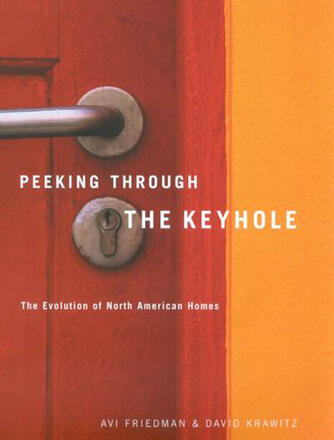
Peeking through the Keyhole
The Evolution of North American Homes
Description
With today's instant communication, the way we observe other people, other cultures, and other times has altered, and been altered by, the homes we live in. Avi Friedman and David Krawitz guide the reader through the trends and changes that have influenced residential design and construction over the last fifty years. From kitchens to home offices to entire neighbourhoods, they unravel the effect of technology and consumerism on the way we perceive and use domestic space, arguing that the home is no longer a product of pure design but a response to factors and forces beyond the control of designers, builders, and users. Each chapter approaches the theme of home from a different vantage point: the first three chapters focus on food and kitchens, communication, construction and renovation; the middle chapters deal with childhood and aging; and the final chapters examine our ideas of home in the context of the broader community and as an object of commerce. The authors demonstrate how much life has changed in the years following the Second World War, showing how transformations in society, the economy, and lifestyles are reflected in our homes.
Reviews
"Informative and entertaining. Organizing a view of the evolution of the home through elements of the human condition that we all have to deal with is a clever way of packaging a lot of practical information." Kieran M. Bonner, Academic Dean and Professor of Sociology, St Jerome's University in the University of Waterloo, and author of A Great Place to Raise Kids. Interpretation, Science and The Urban-Rural Debate "Interesting and convincing. The authors are willing to make moral and political judgements of the trends and options being discussed, and this is one of the book's strengths." Will Straw, Art History and Communication Studies, McGill University